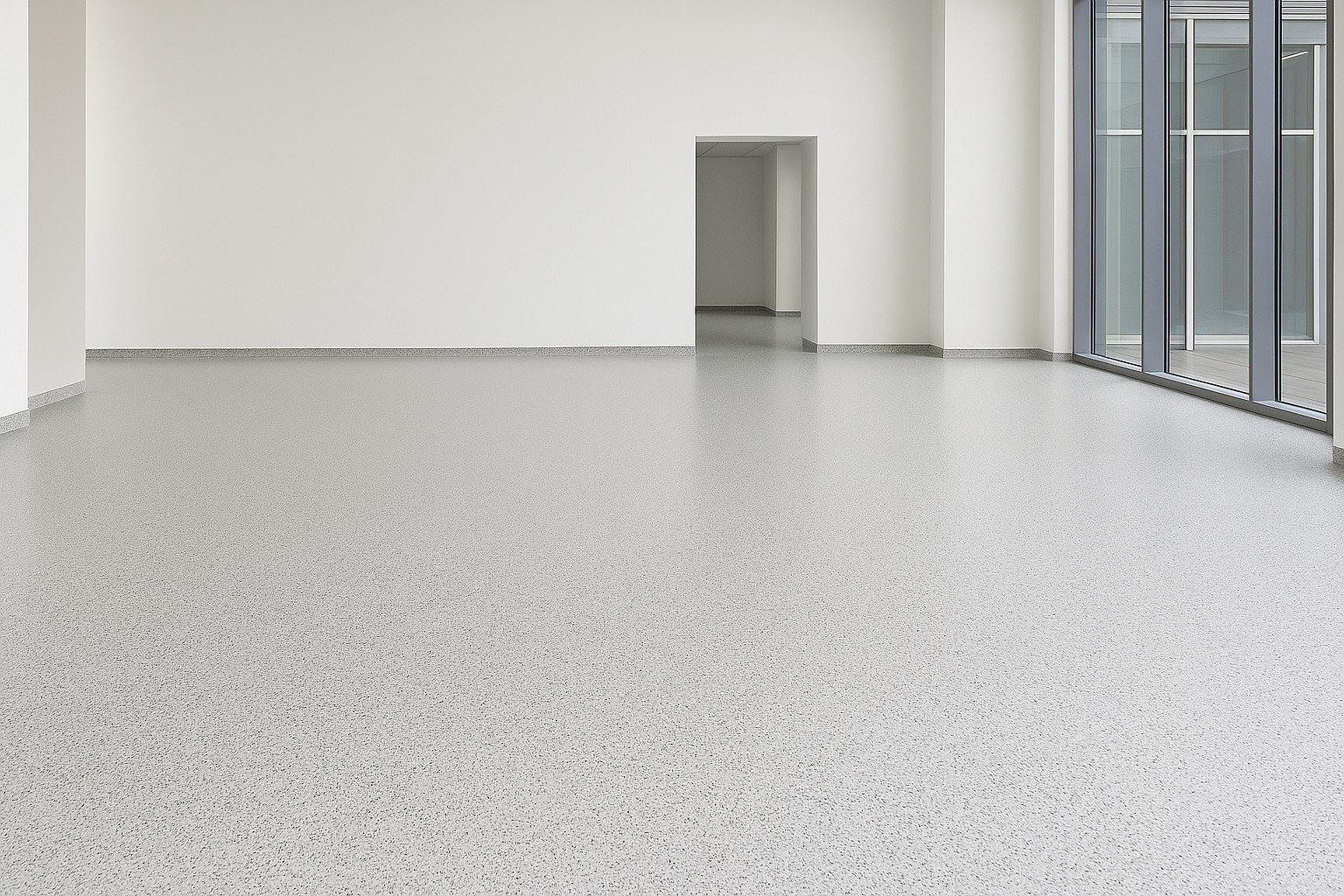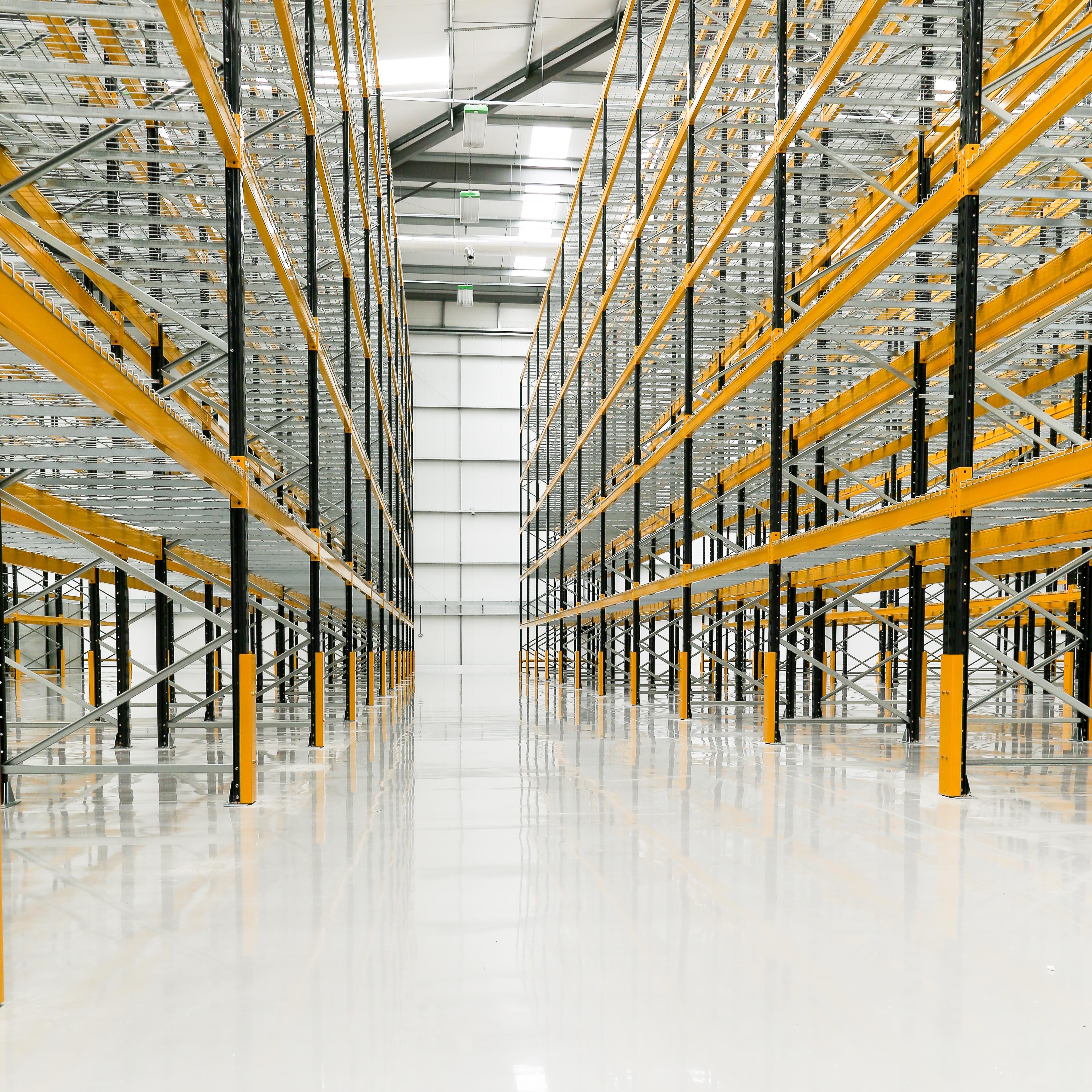Why Should Architects Choose Flowcrete's Flooring Systems for Sustainable Projects?
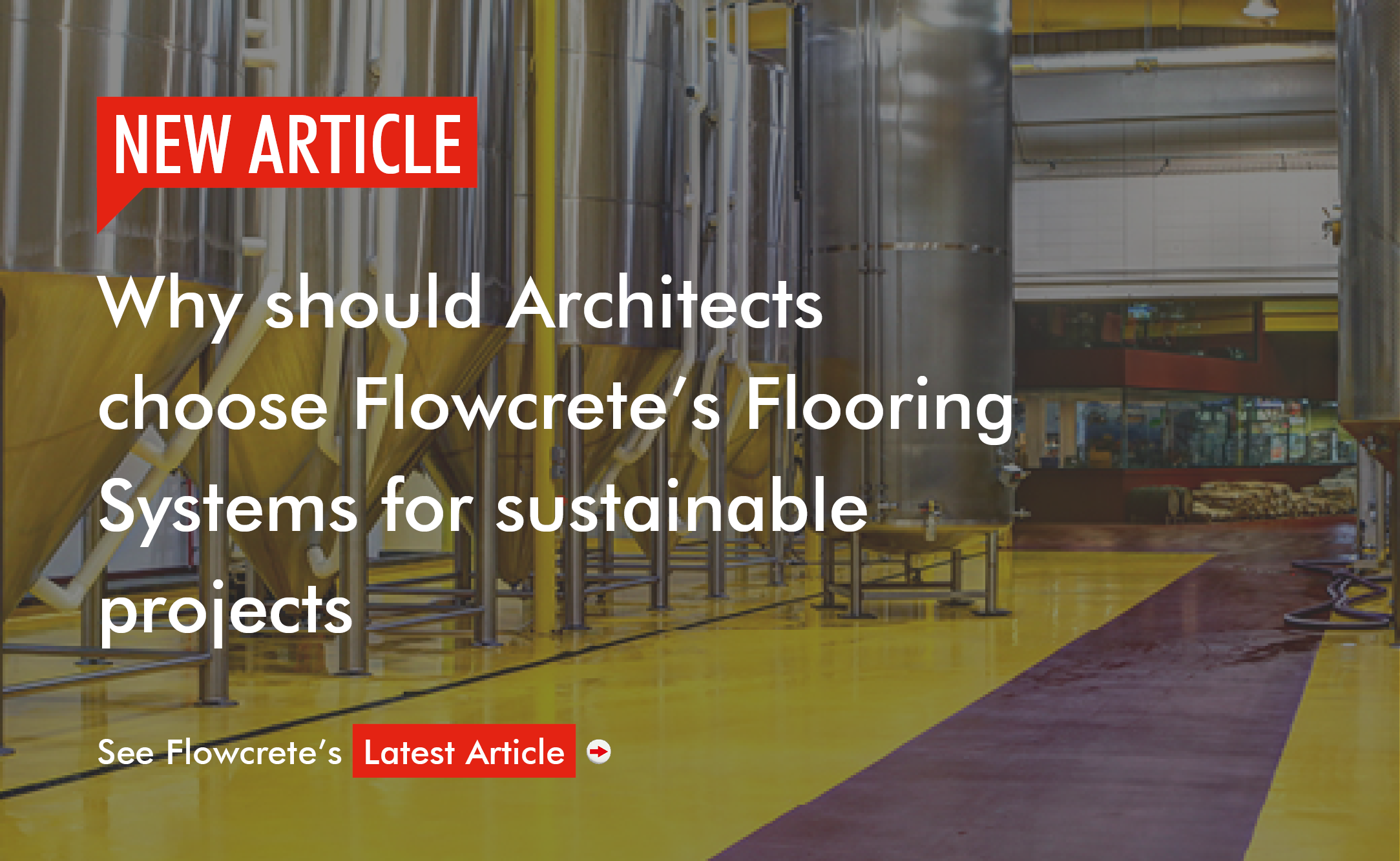
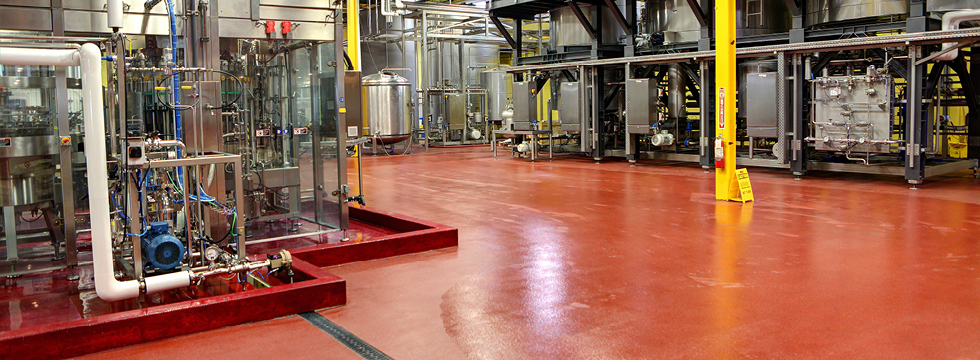
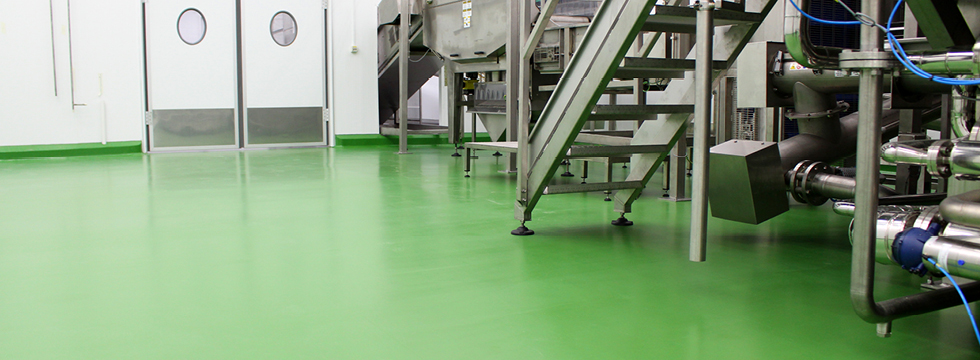
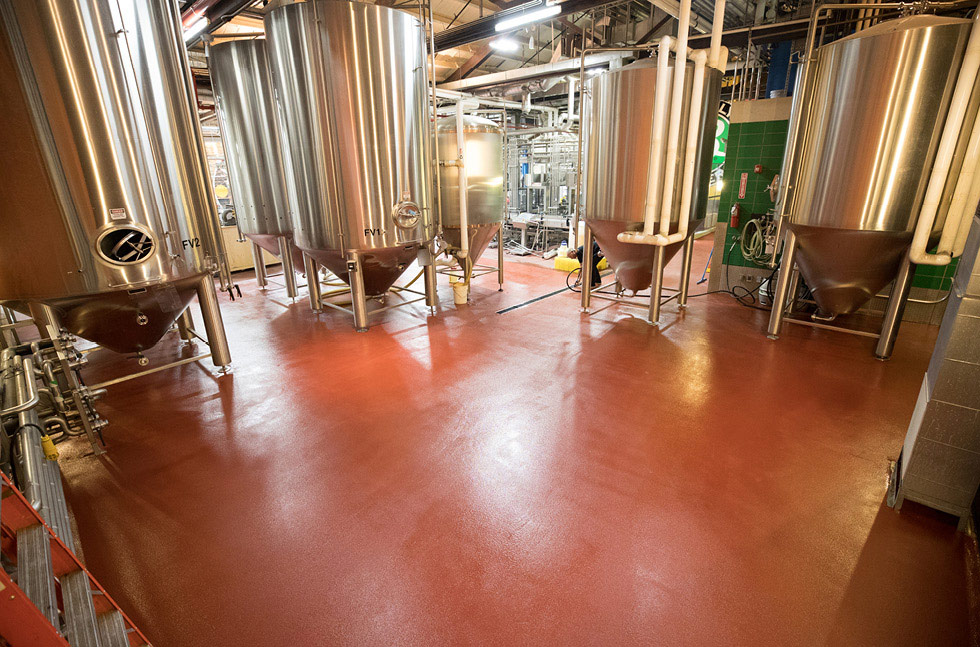
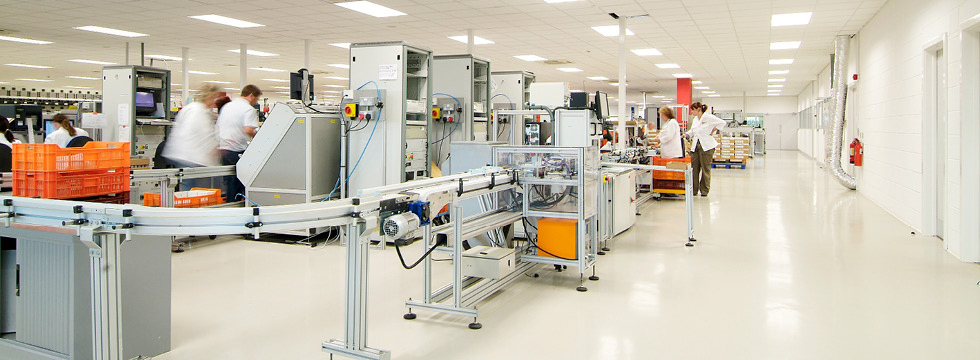
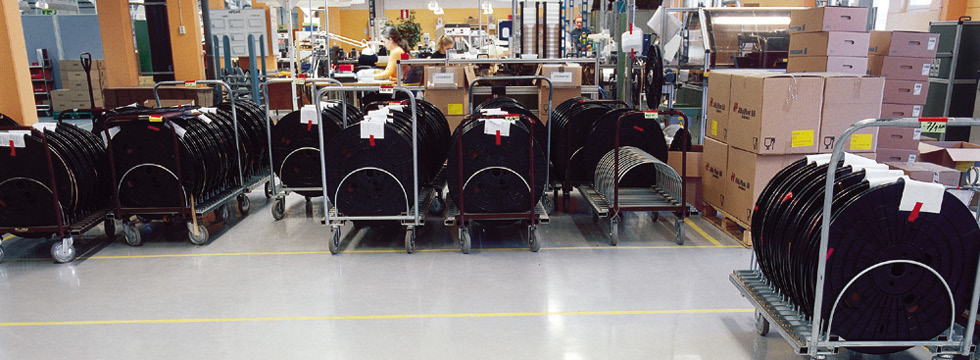
Why Should Architects Choose Flowcrete's Flooring Systems for Sustainable Projects?
As Architects, the climate change conversation compels us to reassess how design choices impact the planet not only in form and function, but in long-term environmental performance. The construction industry has an especially important role to play in creating a more sustainable world, as not only does it account for approximately half of all the raw materials extracted from the planet, but it also creates roughly a third of global waste and 40% of carbon dioxide emissions.
Specifying truly sustainable buildings is no easy feat, as it requires a holistic approach to choose every component that considers a wide range of factors: resources required, CO2 emissions, water usage, electricity demands and much more. Getting all of this right requires a lot of knowledge and expertise to know whether the project has really minimised its impact on the environment.
Knowing more about the floor
As a brand of Tremco CPG UK , Flowcrete support Architects in making informed decisions by offering as much information about our products sustainability credentials as possible. By doing this, they can make an informed decision regarding which building material will have the smallest carbon footprint.
As part of this, we’re committed to innovations, R&D and developing product portfolios that support sustainable specifications. The Flowfresh range of hygienic flooring solutions from Flowcrete is an excellent example of this, as we’ve designed the systems to deliver advanced operational benefits alongside carbon-cutting advantages.
Longevity
The Flowfresh range has been designed to provide everything that contamination sensitive industrial spaces, such as food and beverage processing plants, need in a floor. This includes a wide-range of properties such as slip resistance, waterproofing, bright colouring and antimicrobial benefits. In addition, the Flowfresh range is also highly durable. The durability of this product is down to the the high cross-linked density of the polyurethane material it’s made from. The thickness of the finish can affect how robust it is, with Flowfresh typically being installed at between 4-11mm depending on the severity of the conditions it will be exposed to.
The ability to withstand everything from physical impacts and heavy loads to aggressive chemicals, frequent cleaning and more not only helps busy factories to function but it
also means that the floor lasts for a prolonged period of time. Having such a durable floor avoids the energy, resources and costs required to repair or replace the finish.
Green Construction
Developers are likely under pressure to make sure that their operations are as sustainable as possible, which can be challenging when adhering to strict regulations, high demand and technically complex sites.
Flowfresh is easy to clean, simple to maintain and has been certified by HACCP international. This not only helps facilities consistently meet a high level of hygiene, but also helps keep resource use to a minimum. In comparison, flooring systems which require joints, such as tiles, will require more water, more detergents and more electricity (to power equipment such as steam cleaners) to achieve the same level of sanitation due to the added difficulty of cleaning the grouting between the hard surfaces.
In addition, Flowfresh has a hidden hygiene advantage, which is that Polygiene® is included in every floor. This antimicrobial agent minimises the threat from germs in between wash cycles, but unlike most bactericidal additives it’s an all-natural solution that’s simply made by incorporating silver ions into the floor. This provides extra peace of mind for the Facilities Manager while avoiding the need for further manufacturing in order to create unnecessary cleaning chemicals.
A breath of fresh air
It’s not just the emissions created during production that need to be taken into account. Toxic particles that have a harmful effect on the builders users and surrounding environment can be emitted during the installation and use of a floor. The release of volatile organic compounds (VOCs) into the air as well as common construction ingredients such as phthalates and nonyl phenols are key concerns.
To ensure that sites enjoy a high level of interior air quality, Flowfresh has been created in a way that drastically minimises emissions of VOCs and other particulates, with zero phthalates or nonyl phenols used in its formulation. Its low emission properties have been proven by a variety of industry standard testing, including:
· M1 emissions classification system
· Committee for Health-related Evaluation of Building Products’ (AgBB) emissions evaluation procedure
· VOC A+ rating for materials that exhibit the lowest emission levels as per the Agence française de sécurité sanitaire de l’environnement et du travail (AFSSET) guidelines
Trusted Accreditations
We put our systems to the test so trusted third parties can confirm our floors do what we say they do.As one of the biggest surfaces in any building, the choice of flooring plays a significant role in a development meeting important green construction benchmarks such as LEED, BREEAM and DGNB. The sustainability benefits of Flowfresh outlined in this article align with the requirements of these schemes to help construction projects gain the credits necessary to achieve demanding green certifications.
Sustainability is no longer a design trend, it’s a design imperative. If you're looking for durable, low-impact flooring systems that align with your architectural vision and sustainability goals, our team is here to support you.
Get in touch to explore how Flowfresh can contribute to your next sustainable design project.

